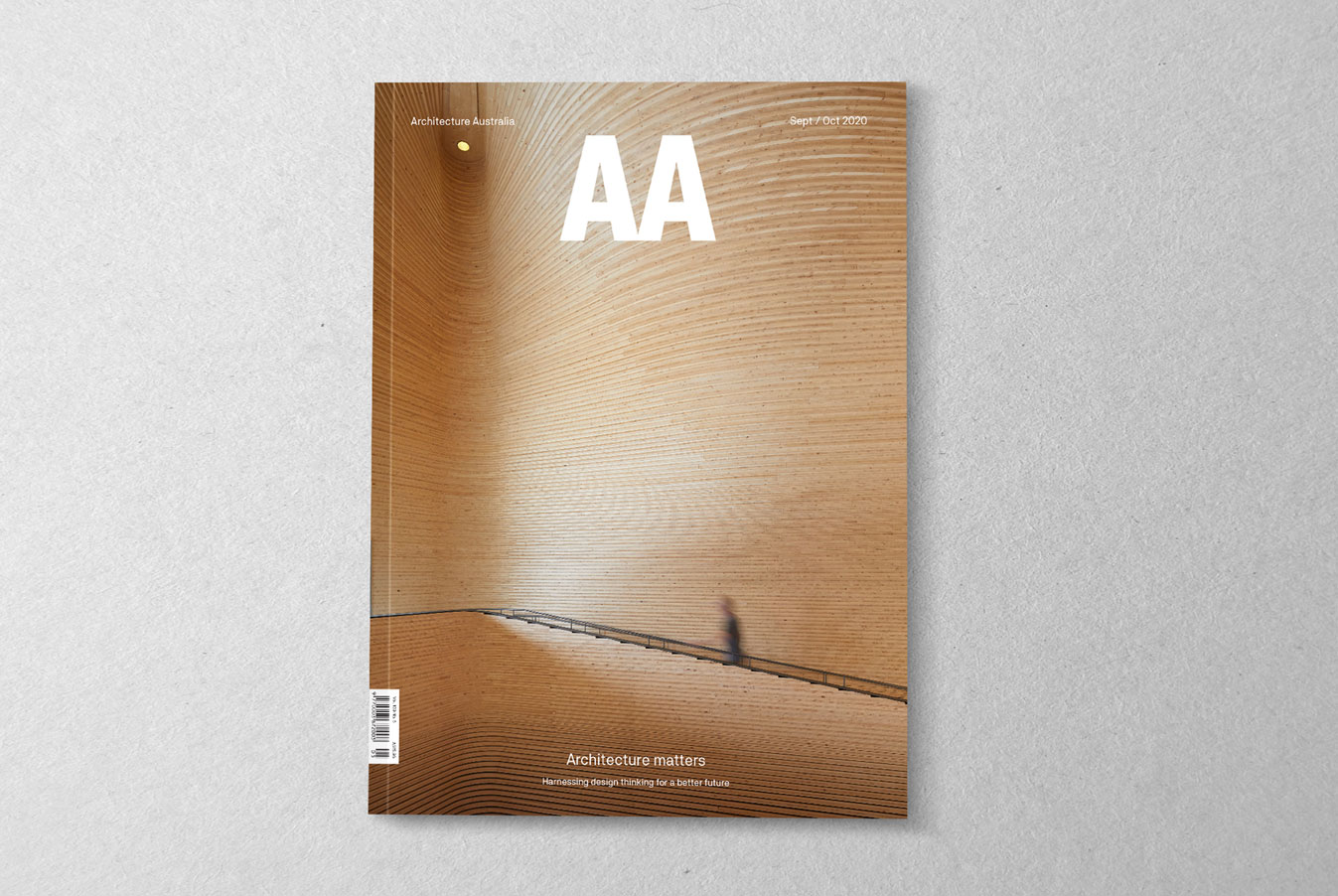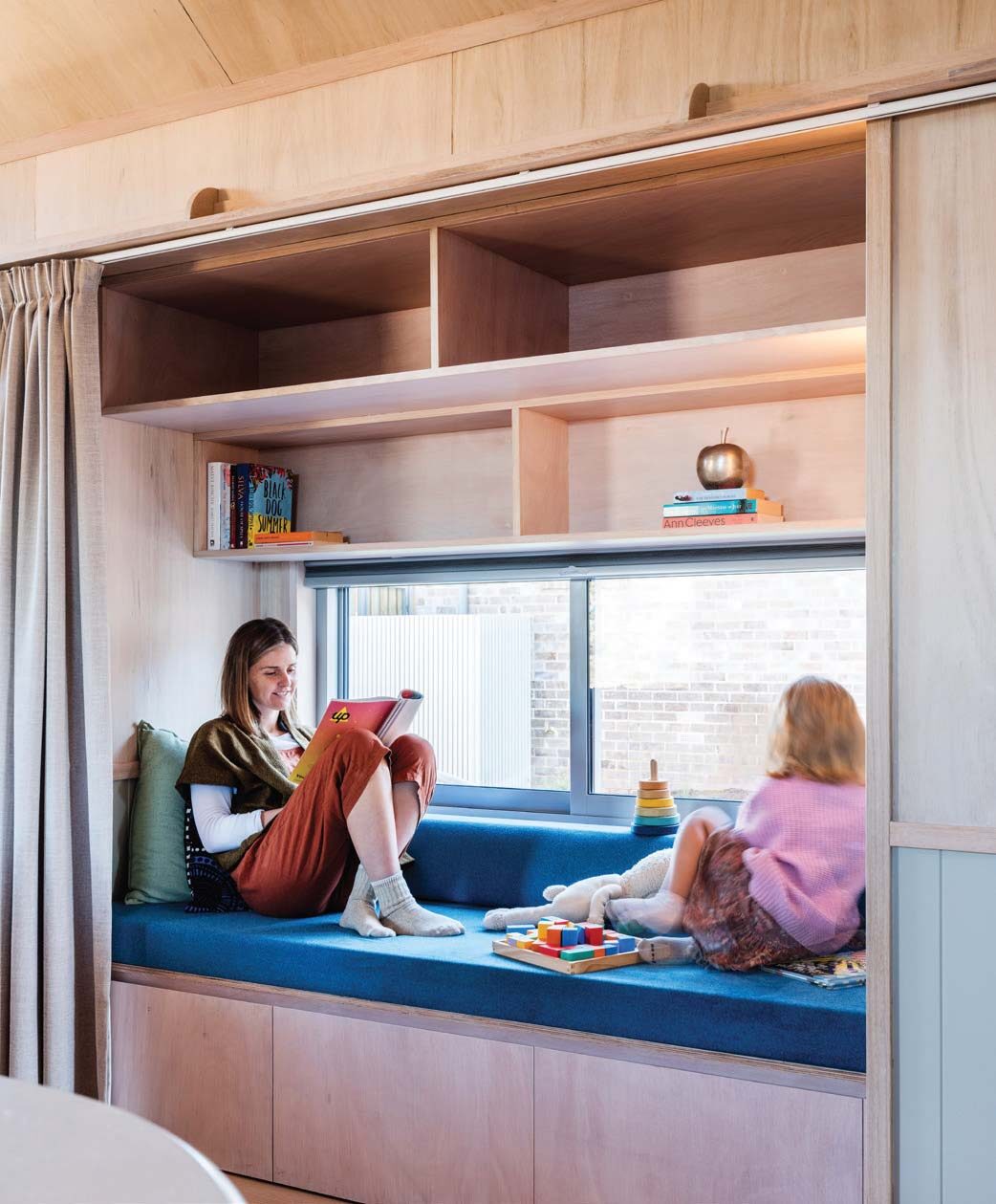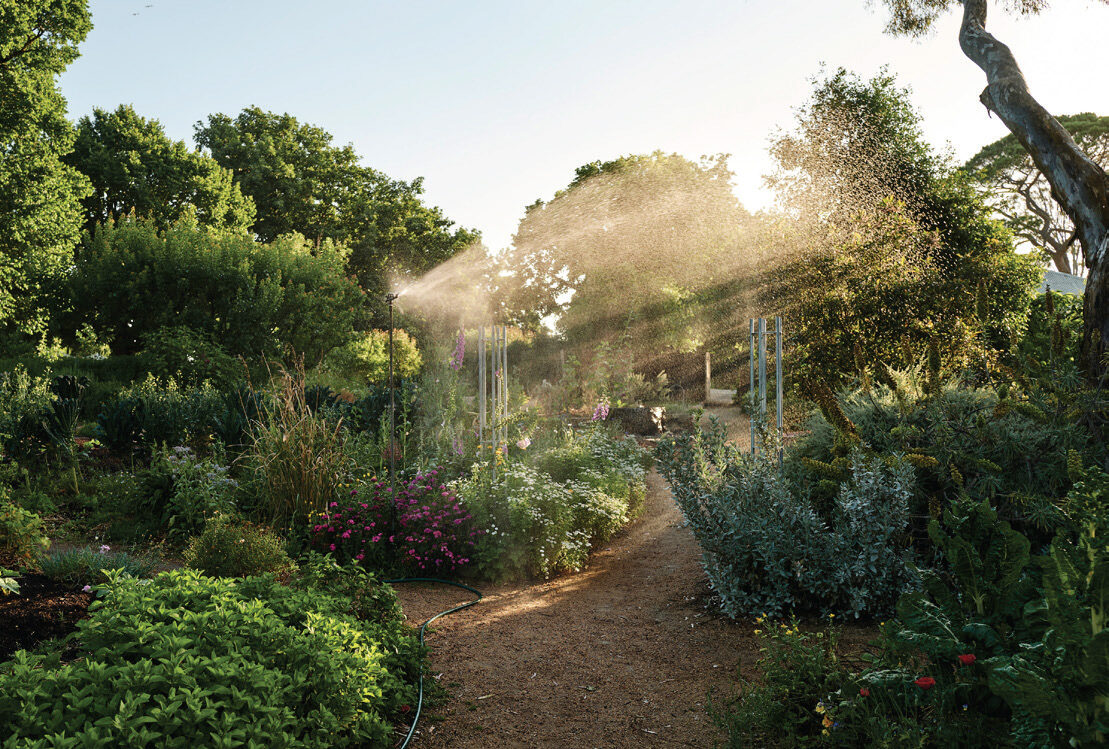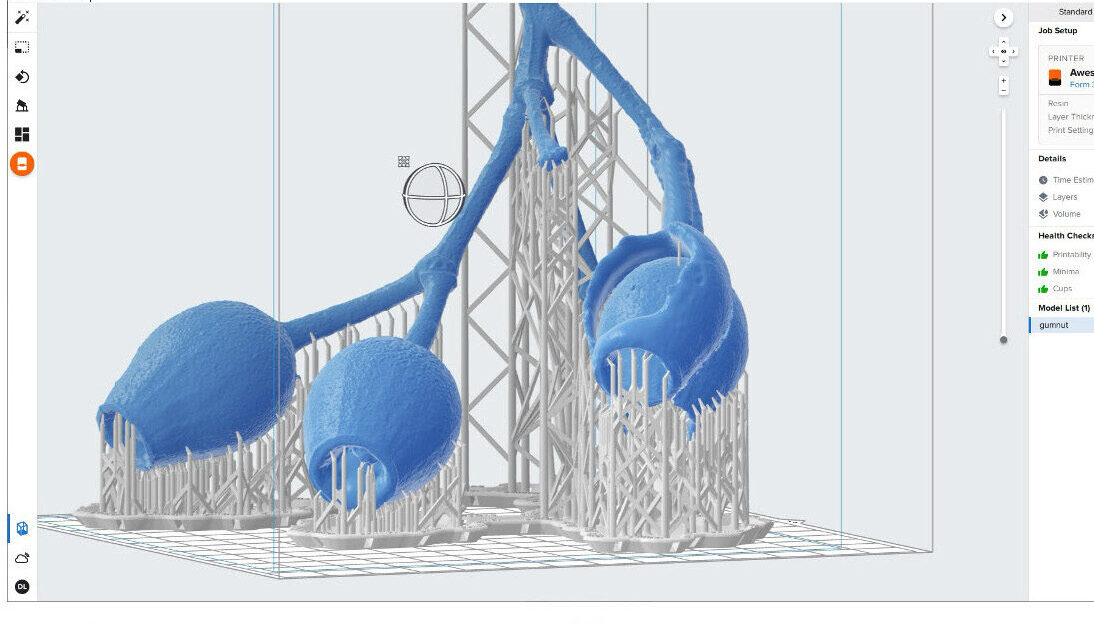The highly considered editorial composition or act of curation becomes a commentary in itself, both on the architecture presented within the pages of the magazine and on a particular architectural moment in time. Through this lens, the activity of editing might be understood as a mode of architectural story telling or critical analysis.
In my role as editorial director at Architecture Media, I always endeavour to take an objective viewpoint when collating a journal, particularly a journal of record such as Architecture Australia. The selection of projects and commissioning content is not about publishing buildings that an editor may or may not personally like, but rather selecting those projects that have architectural merit or warrant further discussion by the industry. Although these are educated decisions, an aspect of personal judgement is inevitable – alongside incident, chance, and serendipity. While the editor’s own judgement or subjective viewpoint is subtly infused into the journal, it is not only the editor who contributes to this commentary. Other cultural agents – such as the photographer, advisory committees, writers and even the commercial arena in which the journal finds itself – also have a bearing.
As we all know, architects rely on publication of their projects for promotional purposes. The curatorial selection of which projects make it into the pages of various architectural publications (whether online or physical) can impact the commissioning decisions of prospective clients. The benefits of having a project published are significantly elevated if the critique is authoritative and engaging. This raises the responsibility of the editor to make considered decisions on what to publish and who to write about it – as it may have influence on who designs our buildings.
An architectural journal of record is also an important educational resource for the industry itself – it is usually comprised of critical, peer-reviewed articles and is aimed at furthering knowledge within the profession. A journal of record is authoritative and trusted, giving voice to research and theoretical propositions that advance architectural thinking. Even more significantly, its role within the industry means that it is referred to by people beyond the industry, including decision- and policy-makers, and other people who can have a huge impact on what is broadly understood as public debate about the city and the future of our built environment.
A particularly overt example of this occurred in the Parliament of Victoria in 2018, when Philip Dalidakis, then Minister for Trade and Investment, read out an entire article written by Donald Bates commissioned by ArchitectureAu.com In this op-ed, Bates explained his reasons for supporting the controversial proposal to build an Apple store at Federation Square, which was originally designed by his practice, Lab Architecture Studio. His reading means that this information is now in Hansard.
However, traditional publishing models are currently in a state of flux. The way we consume architecture and the ideas that shape buildings is changing, bringing both challenges and opportunities. The journal of record now competes with a barrage of unfiltered content in the form of click-driven online publications and social media. This content – a stream of the ever-present in which images often crowd out the written word – is produced much faster than traditional publications and consumed at a similar pace. The editorial composition, although often aesthetically pleasing and inspiring, does not offer the commentary or critical analysis of a well-curated publication.
It is important to note that this is not about print versus online publishing. There are plenty of finely curated publications online, rich with critical commentary. Rather, it is about slow versus fast publishing. They each have a different nature and serve a different purpose. These days, it is normal to use both fast and slow publishing simultaneously – such as a magazine that has an associated suite of social media accounts. While these new media models give anyone the opportunity to have their say, they also make it more challenging than ever to decipher who has authority or credibility and what is worth our engagement. To add to this, often the level of commercial transparency is compromised making the source unclear – especially for a reader who has not got a discerning eye over what they consume.
Traditionally, a journal of record was about documenting what is happening at the time. With the onset of social media and other fast publishing, the journal’s role has evolved to be more permanent or book-like. (An increase in the number of themed issues of Architecture Australia per year is a tangible example of the journal’s evolution.) Fast publishing is akin to watching a sports match in real time, whereas slow publishing is the more analytical interpretation of the game. The concern with fast publishing taking over the role of recording a moment in time is that the story is there one minute and overrun by new content the next. What happens to the capturing of a memory? What, indeed, would happen to our collective industry knowledge if our only source of information was social media? A collated set of journals, in print or online, are a valuable point of reference for the industry – the cyclic nature of the world makes it difficult to distinguish innovation from iteration. We must simultaneously learn from the past and look to a future of new ways of applying architectural and design agency – and having the significant body of knowledge thoroughly documented is paramount.
Images and words can travel far and wide, but a building is fixed in its place. The only way to experience architecture, other than travelling to the building itself (which, in these times, is more challenging than ever!) is via media, regardless of format. Therefore, how architecture is published plays a critical role in its representation. Both fast and slow publishing have their roles and we need to learn to navigate this hybrid world. The risk, however, is that fast overruns slow, which would be to the detriment of the profession.
During these times of crisis, I would argue that research, knowledge and critical thinking have never mattered more. With the state government looking to the built environment to stimulate the economy, this is our chance to make sure that the message is clear about the value of architects and good design. The careful and considered curation process needs to be retained to ensure that exposure is given to valuable research and theoretical propositions. An absence of trusted architectural criticism has far wider ramifications than those within the industry alone. If it is ever going to have a seat at the public policy table, architecture needs its stories, written and curated.
Katelin Butler is the editorial director at Architecture Media, publisher of Architecture Australia, the national magazine of the Australian Institute of Architects. She holds a Bachelor of Environmental Design and a Master of Architecture.
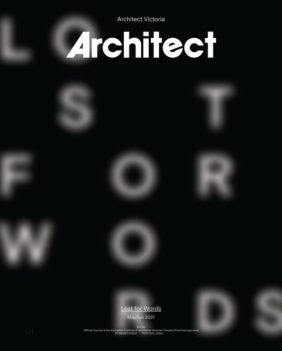
Published online:
21 Apr 2021
Source:
Architect Victoria
Lost for Words
May / Jun
2021
